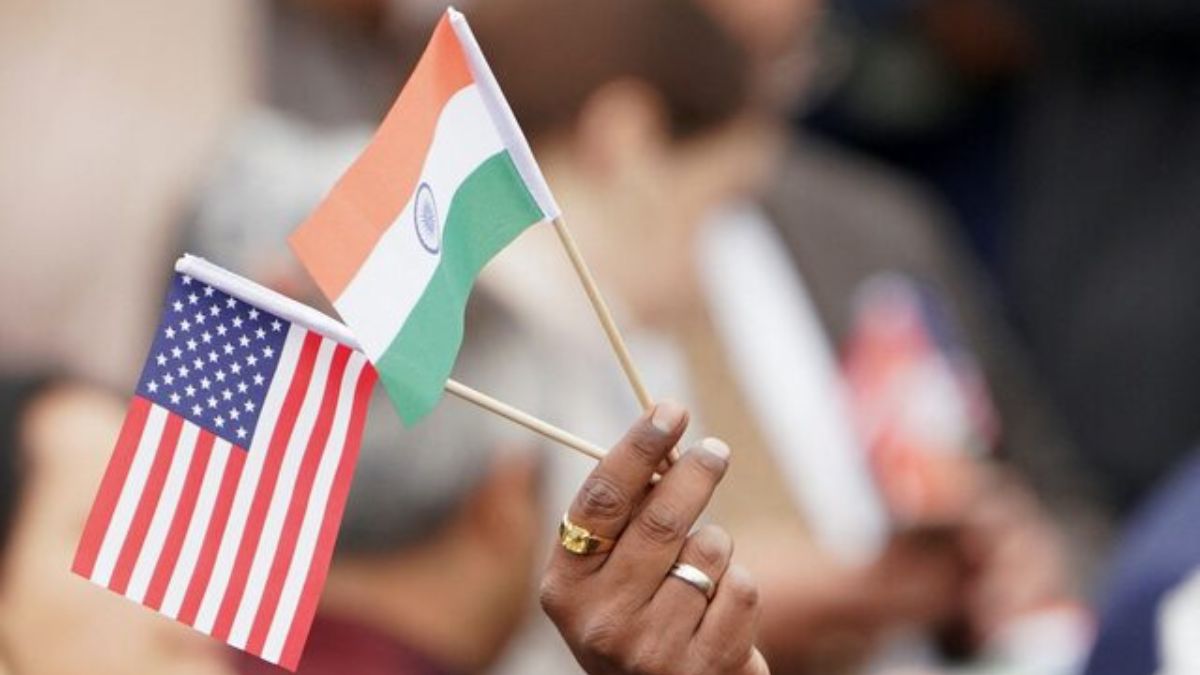The US has just unveiled a game-changing overhaul of its H-1B visa program, bringing cheers to Indian professionals eager to tap into opportunities in the US job market.
On Tuesday, the Department of Homeland Security (DHS) announced a final rule designed to modernise the H-1B visa programme, making it easier for US companies to fill critical job vacancies. The new regulations, set to take effect on January 17, 2025, aim to enhance flexibility for both US employers and skilled foreign workers.
The H-1B is a non-immigrant visa that allows US companies to hire foreign workers in speciality occupations requiring advanced knowledge or technical expertise. As a result, major tech companies heavily rely on this programme to bring in thousands of employees from countries like India and China every year.
Here’s a closer look at the key changes and how they will benefit Indians.
Flexibility for F-1 visa and quicker processing
A significant update in the new rule introduces flexibilities for F-1 visa students transitioning to H-1B status, ensuring they maintain lawful status and employment throughout the process.
Additionally, the new regulations will enable US Citizenship and Immigration Services (USCIS) to expedite application processing for individuals who have previously been approved for an H-1B visa.
Also read: What are the new rules for Indian students seeking US visas? Will they make the process smoother?
The rule also extends eligibility to beneficiaries who hold a controlling interest in the petitioning organisation, allowing them to qualify for H-1B status under certain conditions.
This latest initiative from the outgoing Biden administration builds upon its previous efforts to address the labour needs of American businesses, while reducing the burden on employers and maintaining protections for US workers under the law.
“American businesses rely on the H-1B visa programme for the recruitment of highly-skilled talent, benefitting communities across the country,” said Secretary of Homeland Security Alejandro N. Mayorkas.
“These improvements to the program provide employers with greater flexibility to hire global talent, boost our economic competitiveness, and allow highly skilled workers to continue to advance American innovation,” he added.
A new edition of Form I-269
The DHS has announced that the new rule will strengthen programme integrity by formally granting USCIS the authority to conduct inspections and impose penalties for non-compliance.
The updated rule requires employers to demonstrate that they have a legitimate job in a speciality occupation for the worker by their start date, providing supporting documentation that aligns with their Labour Condition Application.
H-1B visa petitioners must also maintain a legal presence in the US and comply with US legal processes, as per USCIS guidelines.
To implement the rule, a new edition of Form I-129, Petition for a Nonimmigrant Worker, will be mandatory for all petitions starting January 17, 2025, when the new regulations come into effect.
Form I-129 is used by employers or potential employers to bring foreign workers to the United States for temporary employment, as outlined by USCIS.
More defined criteria for non-profits
The H-1B visa programme, created by Congress in 1990, allows US employers to hire foreign workers for speciality occupations requiring advanced knowledge and at least a bachelor’s degree.
The new rule aims to modernise the definition of speciality occupations and clarify eligibility criteria, especially for non-profit and governmental research organisations that are exempt from the annual visa cap, according to USCIS.
For better understanding, DHS, through USCIS, is limited to issuing 65,000 H-1B visas annually, with an additional 20,000 reserved for applicants with advanced degrees. However, many non-profits and government research institutes are not subject to this cap and can apply for visas all year round.
As demand for H1-B visas has increased over the years, applications for H1-B often exceed the annual cap, leading to a lottery system that leaves many qualified applicants without approval due to chance.
Also read: Here are 5 ways Trump's return as US president is expected to affect H-1B visa rules
Notably, Indian workers have a lion’s share in the H-1B programme. In 2023, they accounted for 72.3 per cent of the 386,000 H-1B visas issued.
With the new rule in place, these organisations will be more clearly defined as those whose main purpose is research. This change aims to resolve past confusion about which organisations qualify for the cap exemption and which do not, according to The Hill.
With input from agencies


)

)
)
)
)
)
)
)
)



